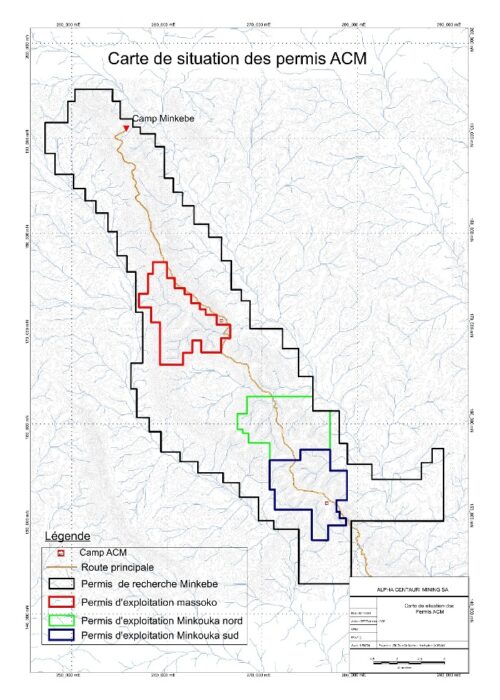Digging Deep, Rising High
Professional Precision Mining
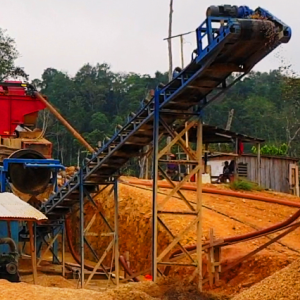



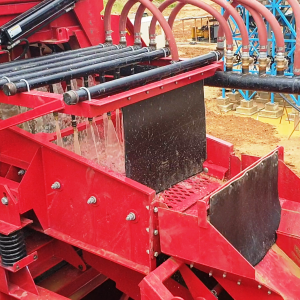
ACM has 2 exploration permits for Gold : Mboumi and Minkebe, spanning around 1471 sqkm.
Mboumi Project
The Mboumi (Ndjolé) Project, is a gold exploration project south of Ndjolé. Although alluvial gold has been exploited, the hard rock source has not yet been identified, despite efforts by multiple companies over the last 20 years. ACM aims to locate the source of alluvial gold.
Mboumi Project Development has a phased exploration approach.
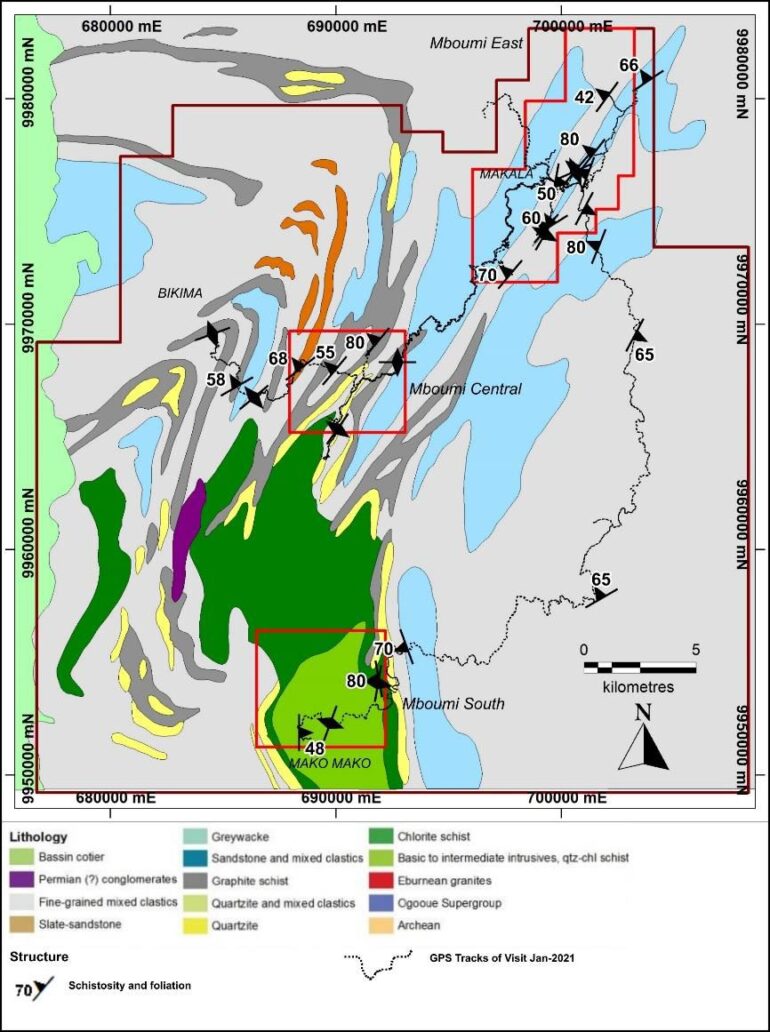
Reconnaissance and Target Generation are complete, involving historical data reviews, extensive soil sampling, geological mapping, and ground geophysics.Scout Drilling is ongoing, with 31 diamond drill holes (6,200m) completed to test geophysical targets. Assays from selected intervals are being interpreted, and further sampling of previously unsampled core is ongoing. Additional close-spaced drilling will test its spatial continuity.
Subsequent phases are contingent on the results of exploration drilling. The project systematically progresses through stages of investigation, sampling, and drilling to assess the gold potential of the area.
- Targets for soil geochemical sampling are developed based on historical data. Total 13,118 samples collected and analysed for Au and multi element at ALS Global.
- Structural and lithological mapping done for 293 traverses (697-line km) covering 106.8 sq.km:
2468 lithological points and 331 structural observation points collected. ACM’s staff has been trained by SRK’s senior consultants in mapping.

Minkébé Project
Minkébé Gold Project Development ongoing in a systematic approach.
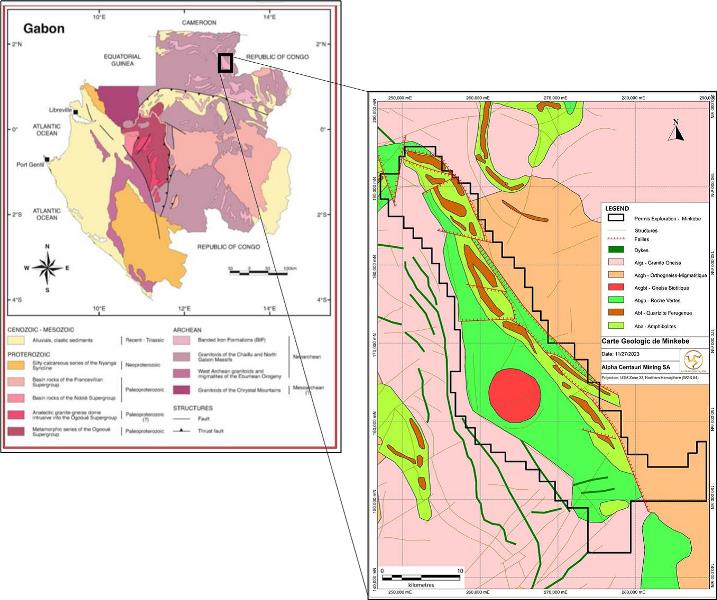
The Minkebe Exploration Permit surrounds a broadly NW-SE trending ridge consisting of the Group de Belinga “Greenstone Belt”, amphibolite and banded iron formation (BIF). This ridge is surrounded by granitic basement of Meso-Archean age.
Three occurrences of secondary gold known from historical artisanal mining – Minkebe, Minkouka and Massoko have been recorded.
Minkébé was the largest open pit operation, closed by the state in 2011.
It is reported that the workers exposed the primary gold source (quartz veins) within the Minkébé pit.
Gold mineralisation was thought to be associated with volcano-sedimentary rocks within the amphibolite and greenstone units.
The permit has potential for iron ore (BIF), as suggested by magnetic data and historical reconnaissance mapping by the BRGM.
The Minkebe permit’s biggest challenge was the absence of any road access.
ACM’s road access project to Minkebe lays an emphasis on the historical lack of access to Minkebe. ACM undertook the challenge of building approximately 120km of new roads. This project involved surveyors, road engineers, environmental teams, botanists, operators, and heavy machinery. The road access was completed by August 2024, well within expected time.
Air borne Geophysics over the complete 668 sq kms completed by NRG in June 2023 and interpreted by SRK. A total of 7585 linier kms were flown, data collected at 100 meters spacing.
Geological Mapping is ongoing over 13 priority zones identified post the Airborne geophysics.
A stream sediment sampling program was initiated and completed Q3 2024.
Gold production is ongoing at various sites within the Minkebe permit, with 5 production lines working on a continuous basis to recover secondary alluvial gold.
There are 3 valid exploitation permits within Minkebe and going forward, ACM plans to increase its capacity to produce more efficiently.
